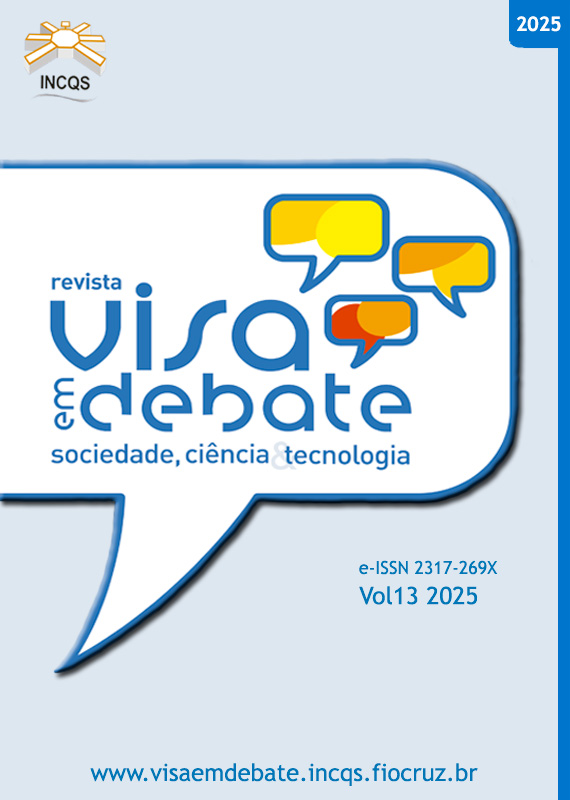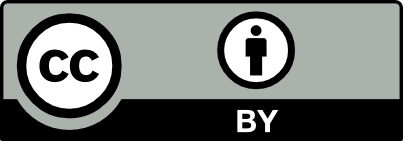Health inspection of medicines at the federal level: organization and working conditions
Vigil Sanit Debate, Rio de Janeiro, 2025, v.13: e02355 | Published on: 10/06/2025
DOI:
https://doi.org/10.22239/2317-269x.02355Keywords:
Health Inspection, Medicines, Organization and Administration, Working ConditionsAbstract
Introduction: Health inspection represents one of the ways in which the State exercises its administrative police power, and is carried out through actions such as the prohibition, interdiction and recall of products that pose a risk to the health of the population. Objective: To characterize the organization and working conditions of drug health inspection at the federal level. Methods: A single-case study with a qualitative approach, analyzing the drug health inspection process conducted by Anvisa. The logical program model technique was employed. Data collection included document research and participant observation between July 2020 and September 2021. Results: The findings are structured into two dimensions: a)logical model of health inspection and b) working conditions. The Logical Model comprises two components (governance and work process) and nine subcomponents. Regulations under Anvisa’s exclusive management are systematically updated, whereas the laws governing the administrative sanitary process are outdated, bureaucratic, and reinforce a punitive approach. The health inspection process is characterized by a departmentalized and hierarchical structure, weakening its effectiveness. Concerns were identified regarding workforce training, staff availability, and weaknesses in information systems and technological resources. However, efforts are concentrated on organizing and improving working conditions to align with the agency’s activities. Conclusion: Recommendations include standardizing risk management, expanding the audit program within the Quality Management System (QMS) of Health Surveillance, improving the rationality of the Administrative Sanitary Process (PAS), advancing technological resources, and adopting tools for active monitoring of irregular drugs. Additionally, revising the regulatory framework is suggested to incorporate alternative penalties, such as Conduct Adjustment Agreements (TAC) or educational measures in health inspection.
Downloads
Downloads
Published
Data Availability Statement
Estudo aprovado pelo Comitê de Ética em Pesquisa com Seres Humanos da Faculdade de Ciências da Saúde da Universidade de Brasília, sob o Parecer nº 4.058.595 em 29 de maio de 2020. Não há disponibilidade de dados da pesquisa.
Issue
Section
License
Copyright (c) 2025 Health Surveillance under Debate: Society, Science & Technology

This work is licensed under a Creative Commons Attribution 4.0 International License.
COPYRIGHT ALLOWANCE The author (s) hereinafter designated as the ASSIGNOR hereby assign and transfer, free of charge, the ownership of the copyrights related to this ARTICLE to the Vigilância Sanitária em Debate: Sociedade, Ciência & Tecnologia (Health Surveillance under Debate: Society, Science & Technology) – Visa em Debate, represented by FUNDAÇÃO OSWALDO CRUZ, established at Av. Brasil, nº 4365, Manguinhos, Rio de Janeiro, RJ, Brazil, CEP 21045-900, under the conditions set out below: (a) The terms and conditions set forth in this Agreement shall apply to the following: 1. The ASSIGNOR declares that they s(he) is (are) the author (s) and owner (s) of the copyrighted property of the ARTICLE submitted. 2. The ASSIGNOR declares that the ARTICLE does not infringe the copyrights and / or other property rights of third parties, that the disclosure of images (if any) has been authorized and that they s(he) assume(s) full moral and / or property liability for its content, before third parties. 3. THE ASSIGNOR assigns and transfers all copyrights relating to the ARTICLE to the ASSIGNEE, especially the rights of editing, publication, translation into another language and reproduction by any process or technique. The ASSIGNEE becomes the exclusive owner of the rights related to the ARTICLE, and any reproduction, totally or partially, is prohibited in any other means of publicity, printed or electronic, without prior written authorization from the ASSIGNEE. 4. The assignment is free and, therefore, there will be no remuneration for the use of the ARTICLE by the ASSIGNEE.






